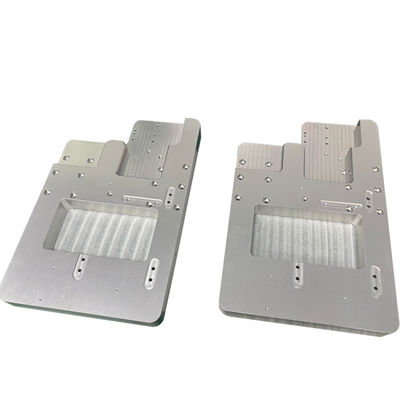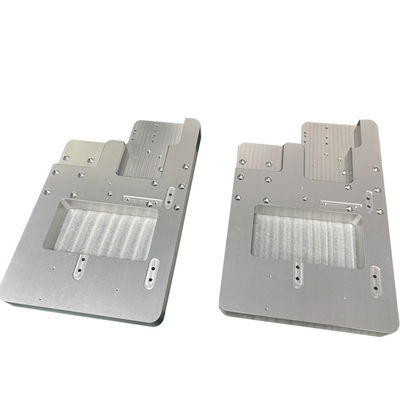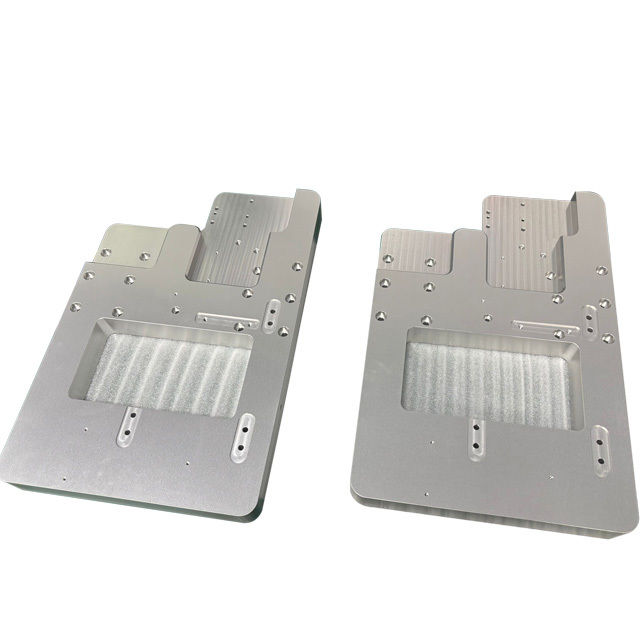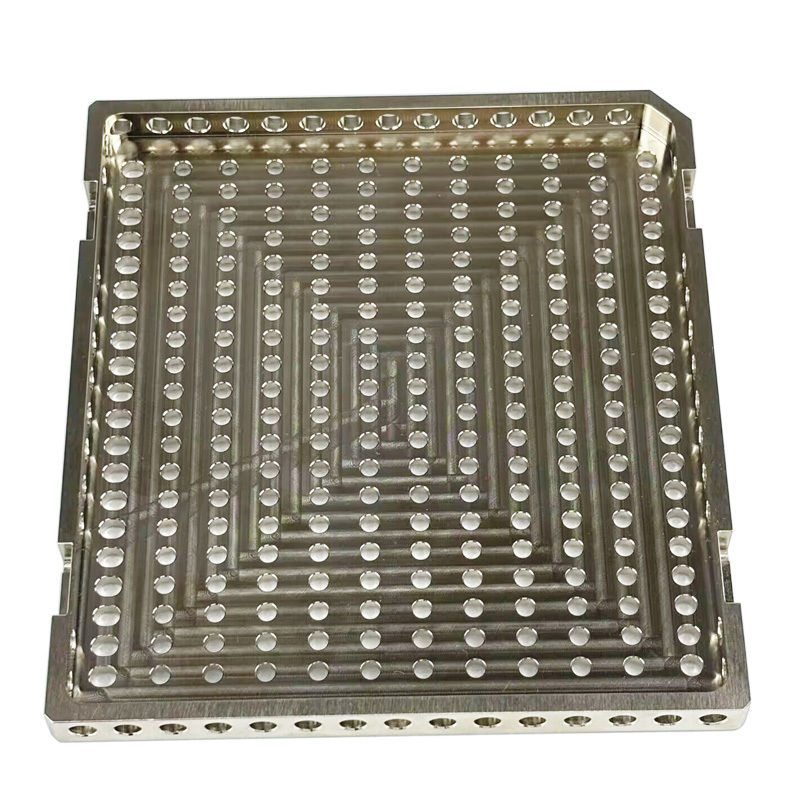
Part machining services include prototype machining and machining threads.
-
Highlight
CNC milling prototype machining
,thread machining services
,custom CNC milling parts
-
Product NameMachining Parts
-
Surface TreatmentAnodizing,polishing,chrome As Your Request
-
ServiceOEM /ODM CNC Machining
-
Apply ToAny OEM Cnc Machining Parts
-
SampleNeed To Pay Sample Fee
-
Tolerance0.001-0.002mm
-
ProcessCnc Machining+deburrs
-
FeatureDurable And High Precision
-
ColorCustomized Color
-
Delivery Time3-5 Days For Sample Order, 10-15 Days For Bulk Order After
-
Place of OriginGuangdong
-
Brand NameHS
-
CertificationISO
-
Model NumberHS-45
-
Minimum Order Quantity1Piece/Pieces
-
PriceUSD,0.89-10.79,Piece/Pieces
-
Packaging DetailsEPE foam inside and Carton outside or EPE foam inside and Wooden outside
-
Delivery Time7-15 work days
-
Payment TermsL/C,D/A,D/P,T/T,Western Union,MoneyGram
-
Supply Ability5000,Piece/Pieces,Month
Part machining services include prototype machining and machining threads.
Modern manufacturing requires three basic processing capabilities: high-precision parts processing, rapid prototyping services, and special processing threads for assembly of key components.
|
Stainless Steel: SS201,SS301, SS303, SS304, SS316, SS416 etc.
|
|
Steel: mild steel, Carbon steel, 4140, 4340, Q235, Q345B, 20#, 45# etc.
|
|
Brass: HPb63, HPb62, HPb61, HPb59, H59, H68, H80, H90 etc.
|
|
Copper: C11000,C12000,C12000 C36000 etc.
|
|
Iron: A36, 45#, 1213, 12L14, 1215 etc.
|
|
Plastic: ABS, PC, PE, POM, Delrin, Nylon, PP,PEI, Peek etc.
|
|
CNC Milling work range: 510 * 1020 * 500 mm(max) Tolerance: +/-0.01 mm
|
Difference between External and Internal Threads
Let's quickly understand this basic difference. External threads are usually found on screws and bolts, while internal threads are found in components you design and manufacture. Internal threads achieve connections by locking external threads (such as screws and bolts).
In your technical drawings, it is important to know how to recognize the difference between external and internal threads.
What are the main parameters for indicating threads?
Thread profile: Common thread profiles include United Nations (UNC) and Metric (M), etc.
Thread type: In different thread series, you will encounter multiple thread types, such as UNC and UNF for unified threads, and M and MJ for metric threads.
Nominal diameter/major diameter/thread size: These terms are used to indicate the size of the thread, specifically the major diameter of the thread.
Pitch: The distance a point moves in one rotation along the axis.
Depth: The depth of the thread cut into the hole, which can be a through hole or a blind hole.
Allowances: The allowable tolerance range of thread fit.
Class fit/tolerance/allowance: Defines the tolerance range of thread size, including major diameter, minor diameter and pitch diameter, as well as internal or external threaded components.
We recommend using standard drill bit sizes, as custom tooling costs considerably and increases production time.
What are blind and through holes?
When cutting threads, an important consideration is whether you need to drill a blind hole or a through hole. A blind hole is a hole that does not pass through the entire part, so its depth is clearly specified. In contrast, a through hole is a hole that penetrates the surface of the component and has a depth equal to the thickness of the wall it passes through.
![]()
![]()
FAQ:
Q: Are you a trading company or manufacturer?
A: We are a factory.
Q: How can I obtain a quotation?
A: To receive a quotation, please send us drawings in formats such as IGS, DWG, STEP, etc., along with a detailed PDF. If you have any specific requirements, please include them in the request, and we will provide professional advice for your reference.
Q: What if I don't have a drawing?
A: In such cases, you can provide us with samples or drawings. Rest assured, we will ensure the safety and confidentiality of any provided drawings.
Q: What is your delivery time?
A: Normally, it takes 7-14 days for the parts to be ready. We have systems in place to ensure timely delivery.
Q: How do you ship the products? What are the packing details?
A: For small quantity orders, we have partnerships with courier services like TNT, FEDEX, UPS, etc. For larger quantities, air or sea shipment options are available. We have standard packing details, but if you have any specific requirements, we are willing to assist you.
Q: Do you provide samples? Is there an extra charge?
A: Yes, we can provide samples, but there may be an extra charge for them.
Q: What are your payment terms? How can I make the payment?
A: Our payment terms are 50% T/T (bank transfer) in advance, with the balance payment due before shipment. If you have any other questions, please feel free to contact us.




